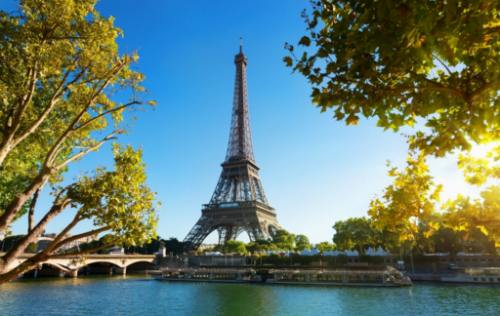The Hall of Mirrors in the Palace of Versailles is a breathtaking symbol of power and prestige, reflecting the grandeur of the French monarchy. With its intricate design and political significance, this iconic room has left a lasting cultural impact on French society. Let's explore the symbolism, artistic elements, and political significance of this historic hall.

Symbolism of the Mirrors in French Monarchy
The Hall of Mirrors in the Palace of Versailles holds great significance in the history of the French monarchy. The mirrors in the hall were not just decorative pieces, but symbols of power and prestige for the monarchy. The elaborate mirrors reflected the wealth and opulence of the French court, and served as a reminder of the power of the monarchy over its subjects. The mirrors also symbolized the divine right of the king, reflecting his image back to him as a symbol of his authority and grandeur. The Hall of Mirrors was a testament to the wealth and magnificence of the French monarchy, and a powerful symbol of its dominance over the people.
Political Significance of the Hall of Mirrors
The Hall of Mirrors in the Palace of Versailles holds great political significance in the history of France. It served as the setting for numerous important events, such as the signing of the Treaty of Versailles in 1919, which marked the end of World War I. The grandeur and opulence of the hall reflected the power and prestige of the French monarchy, illustrating the wealth and authority of the ruling class. Additionally, the hall was strategically designed to impress and intimidate visitors, showcasing France's dominance on the global stage. Its intricate design and elaborate decorations conveyed a sense of grandeur and magnificence, further emphasizing the political importance of the space. The Hall of Mirrors stood as a symbol of the monarchy's authority and influence, making it a key political symbol in French history.
Artistic Elements in the Design of the Hall of Mirrors
The design of the Hall of Mirrors at the Palace of Versailles is a masterpiece of artistic elements that reflect the grandeur and opulence of the French monarchy. The hall features intricate details and ornate decorations that showcase the skill of the artisans and craftsmen involved in its creation. The most striking feature of the hall is its seventeen mirrors, which are set in gilded frames and reflect the stunning chandeliers and decorative elements throughout the space. The reflective surfaces create a sense of infinity and add to the overall sense of grandeur in the room. Additionally, the ceiling of the hall is adorned with elaborate paintings that depict scenes of French military victories and political achievements, further emphasizing the power and prestige of the French monarchy. The Hall of Mirrors is a true masterpiece of artistic design that continues to impress visitors with its beauty and elegance.
Cultural Impact of the Hall of Mirrors on French Society
The Hall of Mirrors, located in the Palace of Versailles, has had a significant cultural impact on French society. The grandeur and opulence of the hall symbolize the power and prestige of the French monarchy. The Hall of Mirrors has been the setting for important events in French history, such as the signing of the Treaty of Versailles in 19Additionally, the artistic elements of the hall, such as the intricate ceiling paintings and ornate chandeliers, showcase the artistic mastery of the time. Overall, the Hall of Mirrors serves as a lasting symbol of the grandeur and sophistication of French culture.
